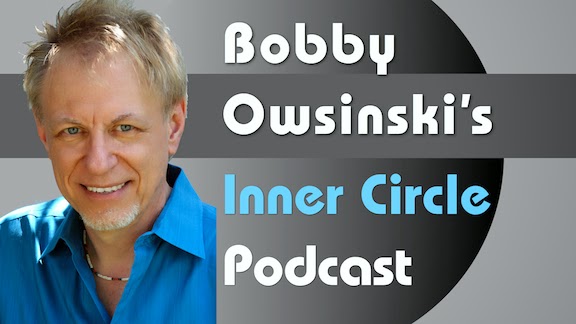In the last edition of my
Winter NAMM 2015 overview I talked about some of the cool audio gear that I spotted at the show. Today we'll look at guitars, bass and keyboards. Once again, there's no particular order.

If you're a bass player and into a lot of strings, then you'll love this 16 string bass. It's really a dual course 8 string bass so it gives you a 12 string guitar quality. I don't know how effective it will be for laying down a traditional bass line, but it's cool for soloing and playing chords.
Ampeg showed something I thought they should have come out with years ago - a bass direct box. The
SCR-DI comes with the Scrambler circuitry used in their pedals, a lot of controls to shape your sound, as well as a headphone amplifier and stereo aux inputs. It's
around $200.
For guitar players who play solo a lot comes the
BeatBuddy, a drum machine in a guitar pedal format. It has a bunch of different beats and drum kits right out of the box so you can just plug it in and do the gig right away. It's
about $350.
D'Angelico has been know for great sound guitars that jazzers have played since the 1920s. The company has taken the bold step of introducing a whole line of solid and semi-solid body guitars and basses with shapes of other guitars that we know and love so well. Custom colors too. Aerosmith's
Brad Whitford and blues girl
Susan Tedschi are endorsers.
Don't like the sound of your pickups? Well now you can dial in the tone that you want with these new
Dialtone pickups. They allow you to shape both the resonant frequency and the bandwidth via two controls on the side.
Do you play down home on the farm blues? Then perhaps you need a
Bohemian guitar to play at your next gig. The body is actually made out of an oil can, but the pickups and electronics are modern.
Looking for a different bass sound? How about this
Slapstick by
Slaperoo Percussion. It's a metal ribbon that you play like a single string bass. Just slap it and it gives a pretty funky sound. There are different sizes, and they're all tunable. They're best selling N-100 Noodle is around $250.
Line 6 showed a number of things that were cool. First of all is their new
Variax guitars, which are made by
Yamaha (which purchased Line 6 last year). You get the same cool modeling electronics from the previous Variax as well as the ability for multiple tunings. But there's more. Their new
Firehawk FX pedal gives you all the cool effects and amp models you expect from Line 6, plus it remembers all the settings from the guitar, so you can change your entire setup including sounds, effects and tunings, by hitting only a single switch.
Line 6 also introduced its new
Relay G70 and G75 guitar wireless systems. These are cool because all you need is a single receiver with two transmitters to switch between guitars. The transmitters have a sensor that can tell when you put your first guitar in a stand and then instantly switch to the second.
Moog re-introduced its modular systems after many years. You can now have a Model 55, 35, 15 or a
Keith Emerson custom modular system for your very own. They ain't cheap though - ranging from $10k for the Model 15 to a whopping $150k for the Emerson model.
The
Roli Seaboard Grand piano has to be a way different keyboard than anything else that came before it. It's a plastic MIDI keyboard that makes the traditional keyboard into a soft pressure sensitive surface. The company is also developing an audio engine for the unit, which should be available this year. It's expensive, starting at $2k for the 37 key version up to $8,888 for the 88 key version.
Finally, the
Roland Blues Cube amp might be an unusual turning point in software sales. Why, you may ask? As you can see from the photo, it features a single tube in the back. But no, it's not a tube, but a firmware package dressed up to look like a tube and even glow like one too. Flip in your
Eric Johnson or
Don Felder Tone Capsules and you have their sounds. Available in 60, 45, 15 and .5 watt models. The price for a 60 watt version is a reasonable $700.
That's it. I hope you enjoyed these overviews. On to next year.


























